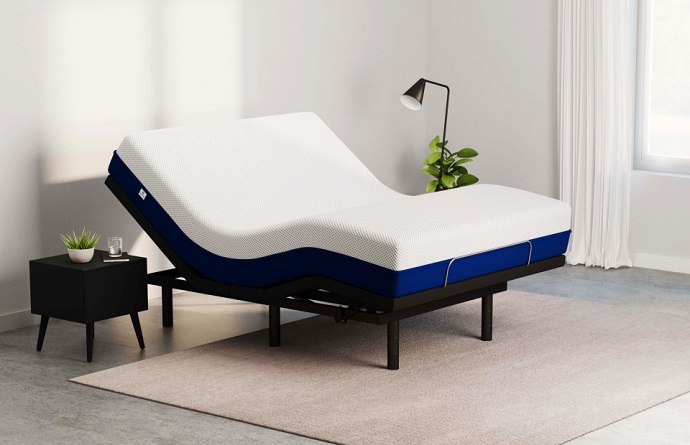Many of us have heard about sedation dentistry or have undergone a treatment that required such method. We all tend to see it as a glimpse of hope when it comes to painful experiences. Below you have all of the general and some more detailed information that you need to be mindful about before placing your foot in the dental office.
Apart from having general knowledge about the types, purpose and effects of sedation dentistry, you also have the obligation do do your research and make sure that you’re putting your trust in experienced and reliable hands, sedation dentist that is.
Types
Minimal Sedation through Inhalation is achieved with the help of nitrous oxide (the laughing gas) and it is given to the patient through a mask. It is the mildest for of sedation that wears off very quickly and after the procedure is done,t he person may go on about their daily business as if they weren’t sedated at all.
Oral Sedation gives the option of adjusting the dose according to the needs of the particular patient. The pill that is usually used for this purpose is called Halcion and has properties similar to the widely known Valium. The pill should be taken a whole hour before the procedure. It is not recommended for the person to drive after being put under the effect of such drugs, but they can be brought to full consciousness with just a gentle shake. For these reasons, the oral sedation is labeled as moderate.
Intravenous Moderate Sedation is also a type of sedation that allows quick adjustment of the dosage and also it starts to relax the patient in a timely manner. It is received through a vein, hence the name.
Deep Sedation and General Anesthesia is used to make the patient almost or completely unconscious and the sleeping may continue after the procedure is done.
Purpose
There are many reasons why a patient should decide to undergo a certain kind of sedation at the dentist’s office. Some of the reasons are less serious and call upon a person’s own choice, some are slightly more demanding and then sedation is highly recommended. There are also instances when a procedure wouldn’t even be possible if it weren’t for these techniques.
Some people have a low pain threshold and even something as simple as teeth cleaning procedure can make them flinch and feel very uncomfortable. This is mainly related to fear and stress levels, but once that person is in the dentist’s chair, the sedation dentist must address the issue and relax him or her.
On the other hand, there are patients that have so many problems with their teeth that many procedures need to be done all at once and large amount of pain will be an inevitable part of the experience. Needless to mention, in such cases sedation is not only an integral part of the visit, but a mandatory one.
Effects
Depending on the type of sedation, the effects may vary. They also vary from person to person – the level of fear/relaxation that a person can achieve plays a vital role in the recovery process. For the more long-lasting and serious types of sedation, it is very important for the patient and the dentist to have a informative conversation about the patient’s heart condition, trouble breathing (if any) and if the patient has sleep apnea because these are the signs that reveal possible dangers regarding deep sedation and general anesthesia. The sedation dentist should always have nearby pill that can reverse the effects of the sedation, should a need arise.




















